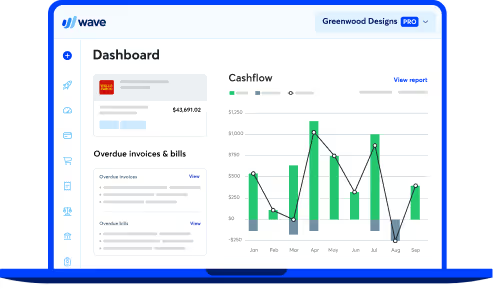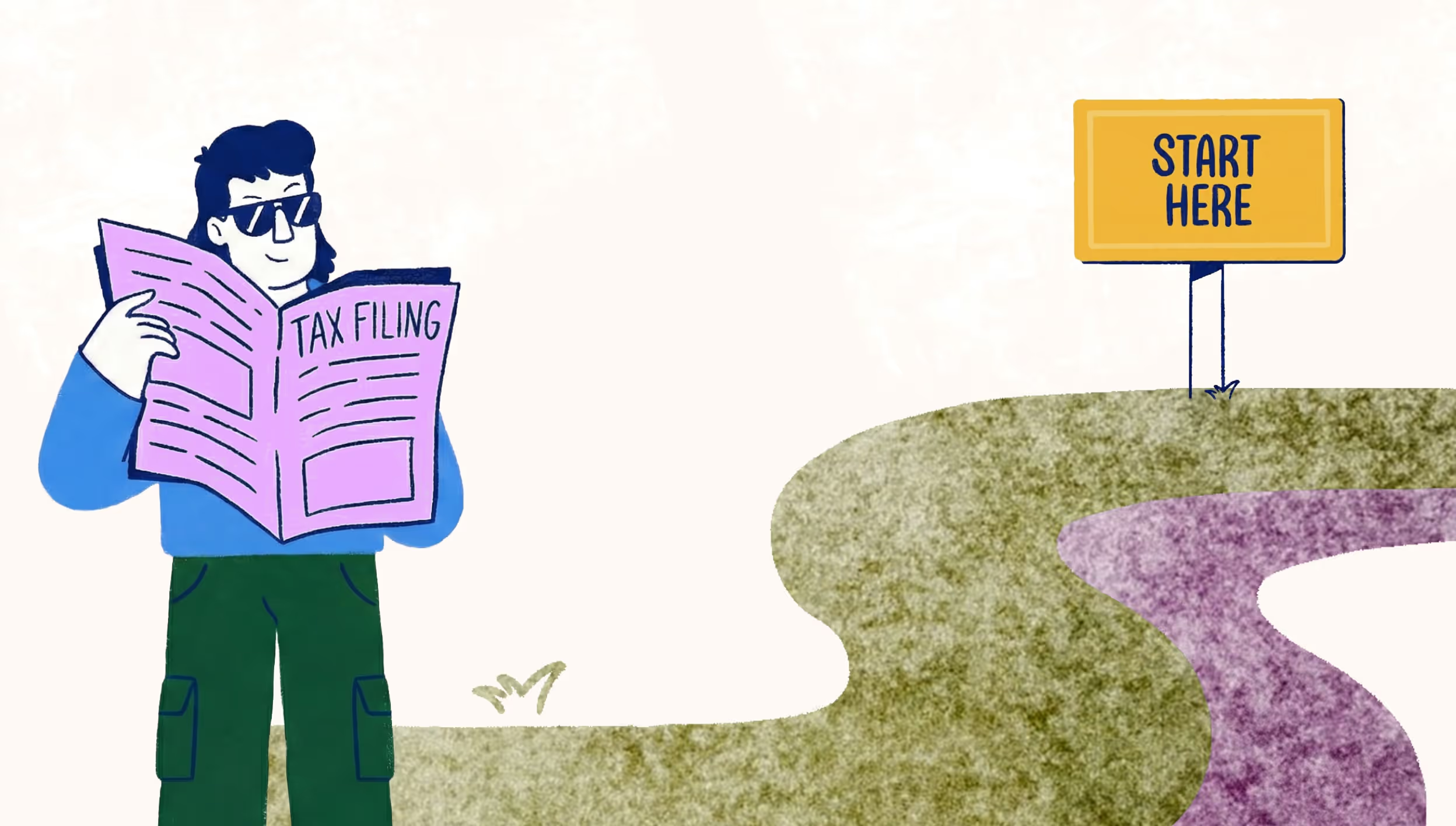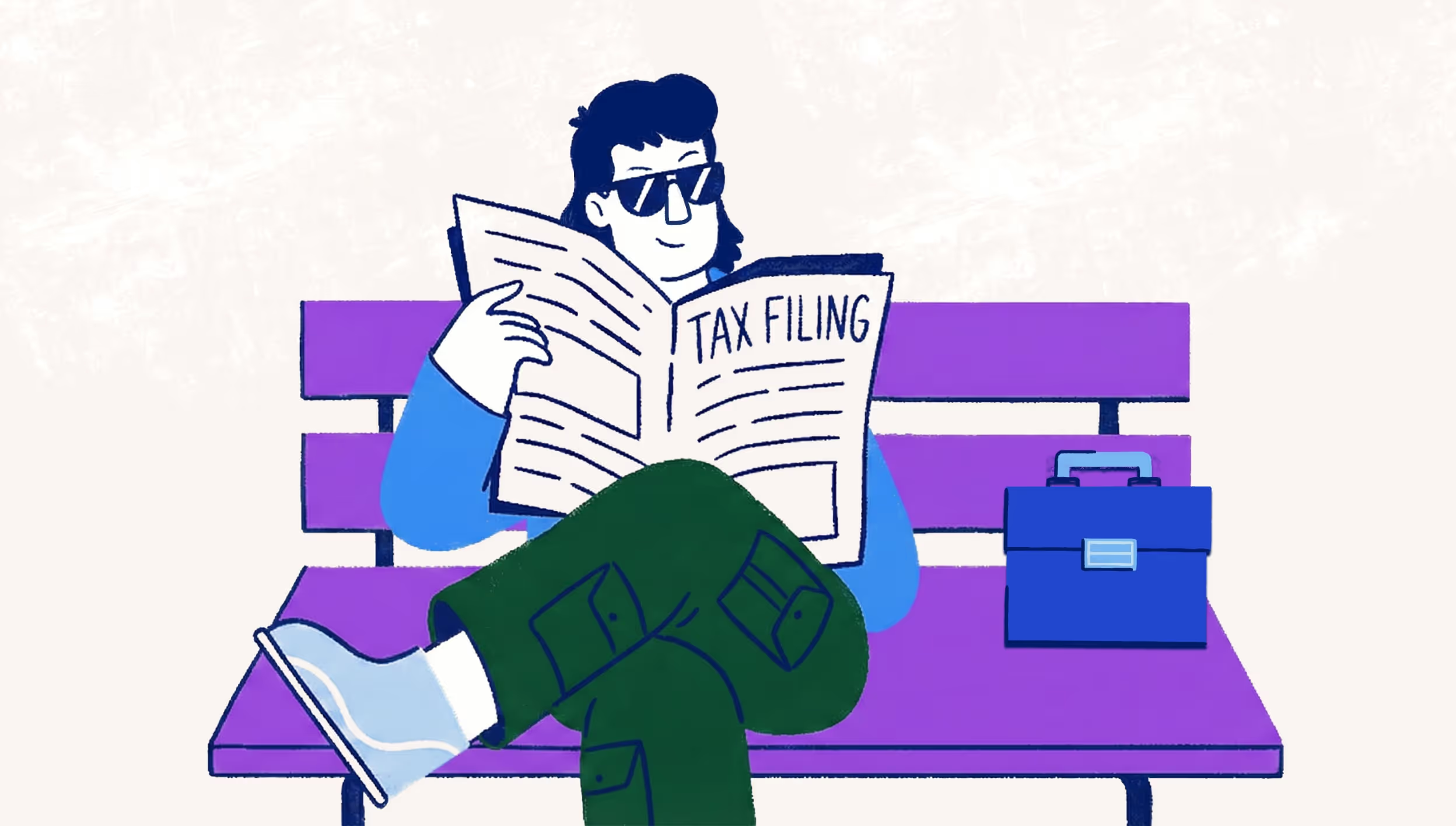
How I learned a $6,000 lesson about freelance taxes
With tax season arriving, it's high time to startgathering receipts and all the other documents to file your personal and business taxes for the previous year.
While 2 months may seem like a long time beforethe filing deadline, I’ve got a dirty little secret: I learned an expensive lesson about business taxes — and I learned my lesson the hard way.
I’m a small business owner — I’ve hustled as the sole proprietor of a writing and editing service for the last few years. And while I run my business part time (I still hold down a full-time job as well), I know I’m one of a fast-growing movement.
While being your own boss certainly has its benefits, it also comes with unique responsibilities…like filing your own business taxes. When I first started out, I was ignorant of filing and remitting tax payments for my side biz. And that embarrassing blunder landed me in a financial predicament all of my own making. I dug my own hole that was $6,000 deep, and it was all thanks to my refusal to brush up on my tax obligations as a freelance business owner.
But you don’t have to make the same mistakes I did when it comes to your own business taxes. Here’s how my serious lack of planning landed me in tax trouble (and in debt) and how you can avoid the same issues.
How I landed in tax trouble (and debt)
Ignorance of business taxes
A few years back, I landed a lucrative side hustle. On top of my regular 9-to-5 gig, I was freelancing as a writer and editor on the evenings and weekends. And with that wealth of extra work, I was happily making bank.
I registered my freelance business for a GST/HST number because I knew I’d need to collect additional HST on top of my payments from my client. And I did just that — I got my HST number and set aside enough cash to hand over to the tax man.
But I did minimal research on any other aspect of business taxes. I was willfully ignorant about how much I realistically needed to set aside to make regular tax payments (i.e. federal and provincial taxes) on my additional income. I only saved in the realm of $3,000.
So, when I went to an accountant to file my income taxes in 2013 and discovered I owed more than twice that much, I walked away with a nasty case of sticker shock.
Underestimating the cost of doing business
I grossly underestimated how much cash I needed to set aside, and I got dinged for it. I owed around $6,000. And because I didn’t have my financial life together back then, I didn’t have the cash I needed to pay my tax bill. I didn’t want to put the balance on a credit card (I at least knew better than that), so I went to my bank and took out a personal loan to pay off the bill.
Basically, my financial mess was entirely my fault. I didn’t research or plan ahead because I was too busy spending my extra money on frivolous things I didn’t need (mani-pedis for everyone!).
Hindsight may be 20/20, but even now I’m not proud of my lack of planning. I’m ashamed and downright embarrassed. But I learned a valuable lesson: a little foresight can save me serious stress (and debt).
How to learn from my freelance tax mistakes
I now go to great lengths to set aside more than enough to pay my tax bill each year, maximize the number of deductions I can claim, and file my taxes early.
And lucky for you, dear readers, it’s possible to avoid my atrocious errors in judgement. With a little organization, freelancers, contractors, and self-employed workers can prevent major tax issues and possibly even minimize their tax bill with a few key deductions.
Register your business
One of my earliest self-employment lessons was to separate my personal and business finances. To do that, it’s important to set up a business bank account and register your business.
Depending on the type of business and your income, you can register for a GST/HST number as a sole proprietor. For those companies making above approximately $70,000, check with an accountant sooner rather than later about the benefits of incorporating your business.
Track your business income
To avoid getting slapped with an outrageous tax bill you weren’t expecting, get organized. Start tracking your business income, including your sales, revenue, expenses, etc.
Using an invoicing tool like Wave, you can log your expenses while also sending out invoices to your clients. Whether you’re purchasing products from multiple vendors, covering the cost of a networking event, or paying a graphic designer for a new logo, logging all your expenses in one place helps you maintain transparency into the money coming in and your cash going out.
While bookkeeping may sound a tedious, understanding your ingoing and outgoing cash flow is a key to running a successful small business. So, when setting up your bookkeeping system, make sure you’re tracking:
Sales
- Revenue
- Payments
Expenses
- Product purchases
- Service purchases
- Payroll
- Taxes
- Any other bills or expenses
Maximize deductions to minimize your tax bill
While it takes money to make money, it’s possible to recoup some of those necessary business costs via tax deductions. And minimizing your tax burden is easier when you track everything in one place with a tool like Wave.
When monitoring your outgoing cash flow, it’s helpful to categorize different kinds of expenses (similar to what I laid out above). Having visibility into the money you’re investing in your business throughout the year makes it far easier to make potential deductions at tax time.
Although not every expense will qualify for a deduction on your business tax return, the Canada Revenue Agency maintains an exhaustive list of eligible costs. The U.S. Small Business Administration also walks self-employed workers through the deduction process.
Some of the most common ones include:
- Advertising and marketing efforts
- Business startup costs
- Insurance
- Business-use-of-home expenses (think insurance, utilities, and other costs for a home office)
- Legal expenses
- Employee pay
- Business travel costs
Set aside cash out of every cheque
Don’t wait until just before the tax deadline to gather your payment. Instead, try to set aside a portion of your business income in a separate account.
I shared the details of my tax snafu with a group of other freelance writers and editors, and they taught me an important rule of thumb: Set aside 30% of my business income for taxes, just to be safe.
While that percentage is on the high side for many income brackets, you’ll have a buffer in case you end up owing more taxes than you expected. Or, if you prefer, you can reinvest any leftover cash back into your business.
The Freelancers Union offers a convenient guide explaining quarterly estimated payments and other tips for U.S.-based tax newbies.
Moving forward with freelance business taxes
Yeah, your parents were right. Plan ahead and you’ll be able to avoid most disasters (especially ones you create yourself). That includes filing business taxes and making payments in full and on time.
(and create unique links with checkouts)
*While subscribed to Wave’s Pro Plan, get 2.9% + $0 (Visa, Mastercard, Discover) and 3.4% + $0 (Amex) per transaction for the first 10 transactions of each month of your subscription, then 2.9% + $0.60 (Visa, Mastercard, Discover) and 3.4% + $0.60 (Amex) per transaction. Discover processing is only available to US customers. See full terms and conditions for the US and Canada. See Wave’s Terms of Service for more information.
The information and tips shared on this blog are meant to be used as learning and personal development tools as you launch, run and grow your business. While a good place to start, these articles should not take the place of personalized advice from professionals. As our lawyers would say: “All content on Wave’s blog is intended for informational purposes only. It should not be considered legal or financial advice.” Additionally, Wave is the legal copyright holder of all materials on the blog, and others cannot re-use or publish it without our written consent.


























